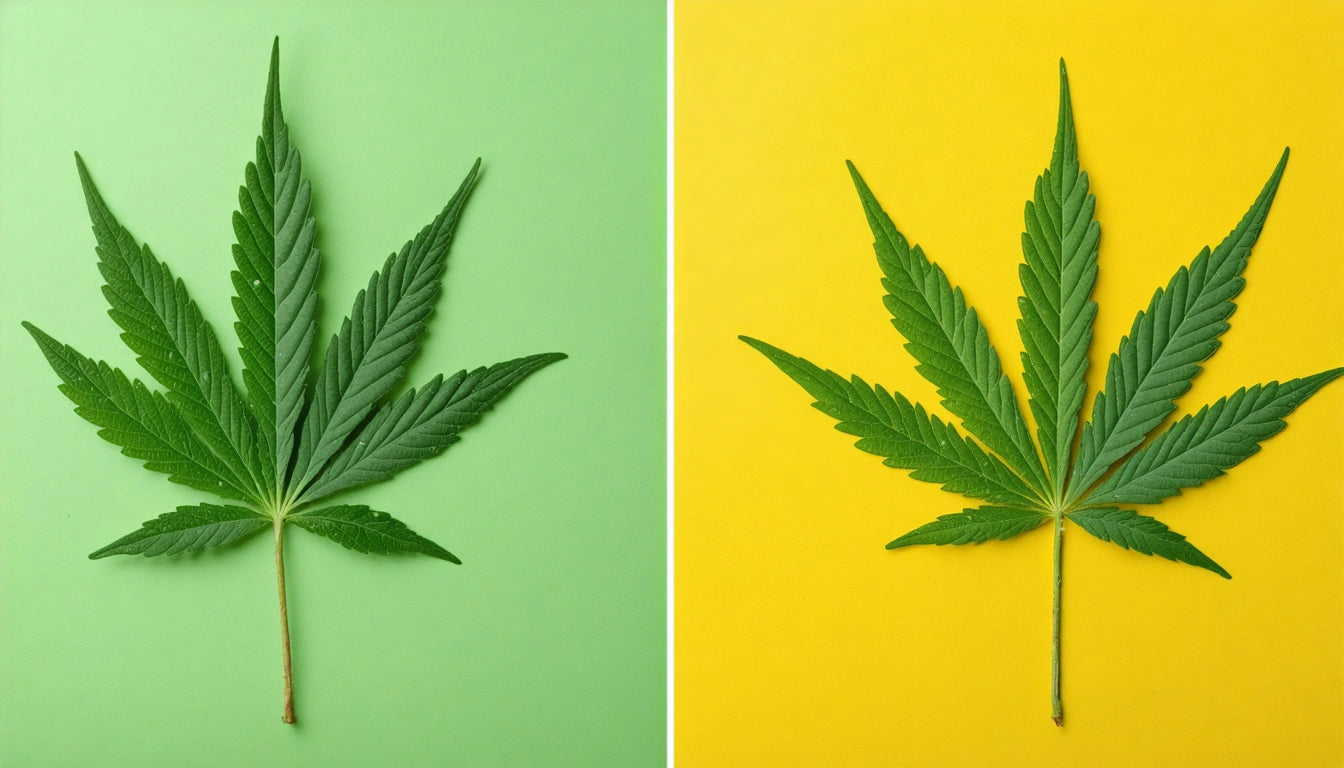Table of Contents
- Botanical Differences Between Indica and Sativa
- Chemical Composition and Potency Factors
- Typical Effects of Indica vs Sativa Strains
- Medical Applications and Therapeutic Benefits
- Hybrid Considerations and Strain Selection
- Storage and Preservation for Optimal Effects
- Personal Factors That Influence Strain Effects
Comparing the Effects of Indica and Sativa Strains
Understanding the differences between indica and sativa cannabis strains is essential for both recreational users and medical patients seeking specific effects. While the cannabis industry often markets these distinctions as straightforward, the reality of indica vs sativa effects is more nuanced than many realize. This guide explores the characteristic effects of both strain types, what causes these differences, and how to select the right option for your needs.
Botanical Differences Between Indica and Sativa
Cannabis indica and Cannabis sativa plants evolved in different geographical regions, resulting in distinct physical characteristics. According to research on indica and sativa plant structures, indica plants typically grow shorter and bushier with broader leaves, while sativa plants grow taller with narrower leaves.
These botanical differences extend to growth patterns and flowering times:
- Indica plants: Shorter flowering cycle (6-8 weeks), denser buds
- Sativa plants: Longer flowering cycle (10-12 weeks), more elongated buds
The physical structure of each plant type evolved as an adaptation to its native climate, with indicas developing in harsh, mountainous regions and sativas thriving in equatorial zones with longer growing seasons.
Chemical Composition and Potency Factors
The effects of sativa vs indica strains stem primarily from their chemical profiles rather than their physical appearance. While THC content receives the most attention, the full spectrum of cannabinoids and terpenes creates what scientists call the "entourage effect."
Key chemical differences include:
- Cannabinoid ratios: Varying levels of THC, CBD, CBN, and other compounds
- Terpene profiles: Distinct aromatic compounds that influence effects
- Flavonoid content: Plant pigments with potential therapeutic properties
Recent research challenges simplistic notions about potency, as explained in this analysis of indica vs sativa strength. Modern breeding practices have created indica strains with sativa-like effects and vice versa, blurring traditional distinctions.
Proper storage using humidity control solutions helps preserve the terpene profiles that distinguish indica and sativa effects, maintaining potency and flavor over time.
Typical Effects of Indica vs Sativa Strains
While individual experiences vary, certain patterns emerge when comparing indica effects vs sativa effects:
Indica Typical Effects:
- Physical relaxation and body-centered sensations
- Sedation and sleep promotion
- Pain and inflammation reduction
- Potential increase in appetite
- Evening or nighttime use preference
Sativa Typical Effects:
- Cerebral stimulation and mental clarity
- Energy and creativity enhancement
- Mood elevation and euphoria
- Social and conversational facilitation
- Daytime use preference
These generalizations provide a starting point, but as this comprehensive guide explains, individual strain genetics and personal biology significantly influence outcomes.
Medical Applications and Therapeutic Benefits
The differing effects of indica and sativa strains make them suitable for various therapeutic applications:
Indica Medical Applications:
- Insomnia and sleep disorders
- Chronic pain management
- Muscle spasms and tension
- Anxiety reduction (in appropriate doses)
- Appetite stimulation
Sativa Medical Applications:
- Depression and mood disorders
- ADHD symptom management
- Fatigue and energy issues
- Creativity enhancement
- Social anxiety (for certain individuals)
Medical cannabis patients often report that effects of indica vs sativa strains vary in their ability to address specific symptoms, making strain selection an important part of treatment planning.
Hybrid Considerations and Strain Selection
Most modern cannabis varieties are hybrids containing both indica and sativa genetics. These strains are often categorized as:
- Indica-dominant hybrids
- Sativa-dominant hybrids
- Balanced or 50/50 hybrids
When selecting a strain, consider factors beyond the indica/sativa classification. As detailed in this guide on distinguishing between strains, terpene profiles and cannabinoid content provide more precise indicators of potential effects than broad categories.
Storage and Preservation for Optimal Effects
Maintaining the distinct effects of sativa vs indica strains requires proper storage. Cannabinoids and terpenes degrade when exposed to heat, light, air, and humidity fluctuations.
To preserve these compounds:
- Store in airtight containers away from light
- Maintain consistent temperature (around 70 °F/21 °C)
- Control humidity levels (58-62% is ideal)
- Consider using specialized cannabis storage solutions
Many cultivators and consumers use humidity control products to maintain optimal moisture levels, preserving the unique terpene profiles that distinguish sativa effects vs indica effects.
Personal Factors That Influence Strain Effects
The effects of indica and sativa strains aren't universal. Individual factors significantly impact how each person responds:
- Metabolism and body chemistry
- Tolerance and usage history
- Concurrent medications
- Setting and mindset
- Consumption method (smoking, vaping, edibles)
These variables explain why sativa effects vs indica effects may differ dramatically between individuals. This resource on choosing the right strain recommends keeping a cannabis journal to track personal responses to different varieties.
Understanding the nuanced differences between indica and sativa strains empowers consumers to make informed choices based on their specific needs and desired experiences. While these categories provide useful starting points, modern cannabis selection increasingly focuses on specific cannabinoid ratios, terpene profiles, and individual responses rather than broad indica/sativa distinctions.











Leave a comment
All comments are moderated before being published.
This site is protected by hCaptcha and the hCaptcha Privacy Policy and Terms of Service apply.